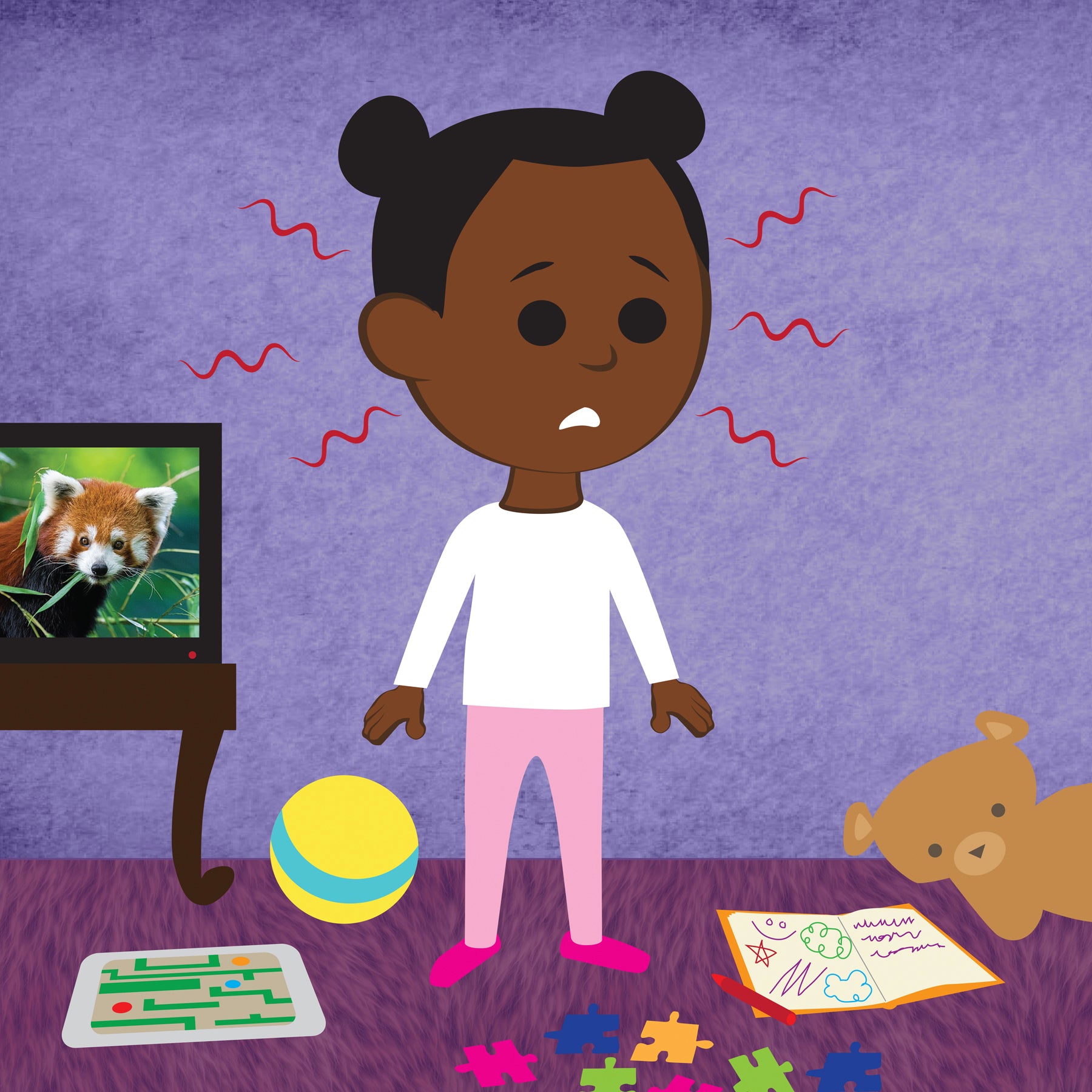Dear webe,
I have a son that is seven. Dealing with his severe tantrums can be quite challenging. Typically, he needs to exhaust himself through crying before he finally calms down. I wish that my words or holding him could provide comfort, but unfortunately, these approaches don't seem to work for us.
Shane H.
Dear Shane,
I hear how much you care about your child and imagine you feel really helpless when he goes into a “deep tantrum,” where he has totally lost his calm. And that you may be desiring more clarity on how to best support him so that you have both a sense of competence as a parent and peace of mind that he will be ok.
Often tantrums occur when children feel overwhelmed and under-resourced such that they struggle to communicate their needs. Less common, it can be a conditioned response to not getting what they want. This latter scenario occurs if a tantrum results in you capitulating to your child’s demands.
A beneficial first step in this scenario is checking in with yourself. On a scale of 1-10, how regulated and resourced are you at the moment? If the answer is 5 or less, try regulating your own emotions as you replenish your reserves. This will help provide a calming presence for your son as well. Taking deep breaths and inviting your child to breathe with you can be an effective way for both of you to feel calmer (try using the webe kälm if you need additional support with this). Other methods for getting to calm can include following a guided meditation, listening to music, or engaging in movement like dancing, walking, or gardening.
Once you have both regulated you can have a heart to heart conversation about finding alternative ways for him to express his needs without tantrums. These may include:
- deep breathing (as you modeled for him earlier) - Taking deep breaths when we have big feelings or are overwhelmed can help us calm down and regain a sense of control.
- using his words to express himself verbally - The benefit of this is two-fold, one it prevents the tantrum (which believe it or not is as uncomfortable for your child as it is for you) and two, it helps you better understand what is happening for your child and what they are needing. You can help your child with some vocabulary, “I see that you are angry. Is it because you don’t want to go to bed?”
- calming corner - This is a space where kids can feel comfortable taking some alone time to regulate. Together you can make it feel cozy and inviting and it can house some of their favorite soothing items (a stuffed animal, blanket, fidget toys, etc).
- movement - Sometimes it can be helpful to literally shake it off. Movement pulls us out of a fight-or-flight mode of overwhelm and helps improve mood and regulate emotions.
From one parent doing the best they can to another, webe in this together!
Best wishes,
webe













Leave a comment
All comments are moderated before being published.
This site is protected by hCaptcha and the hCaptcha Privacy Policy and Terms of Service apply.